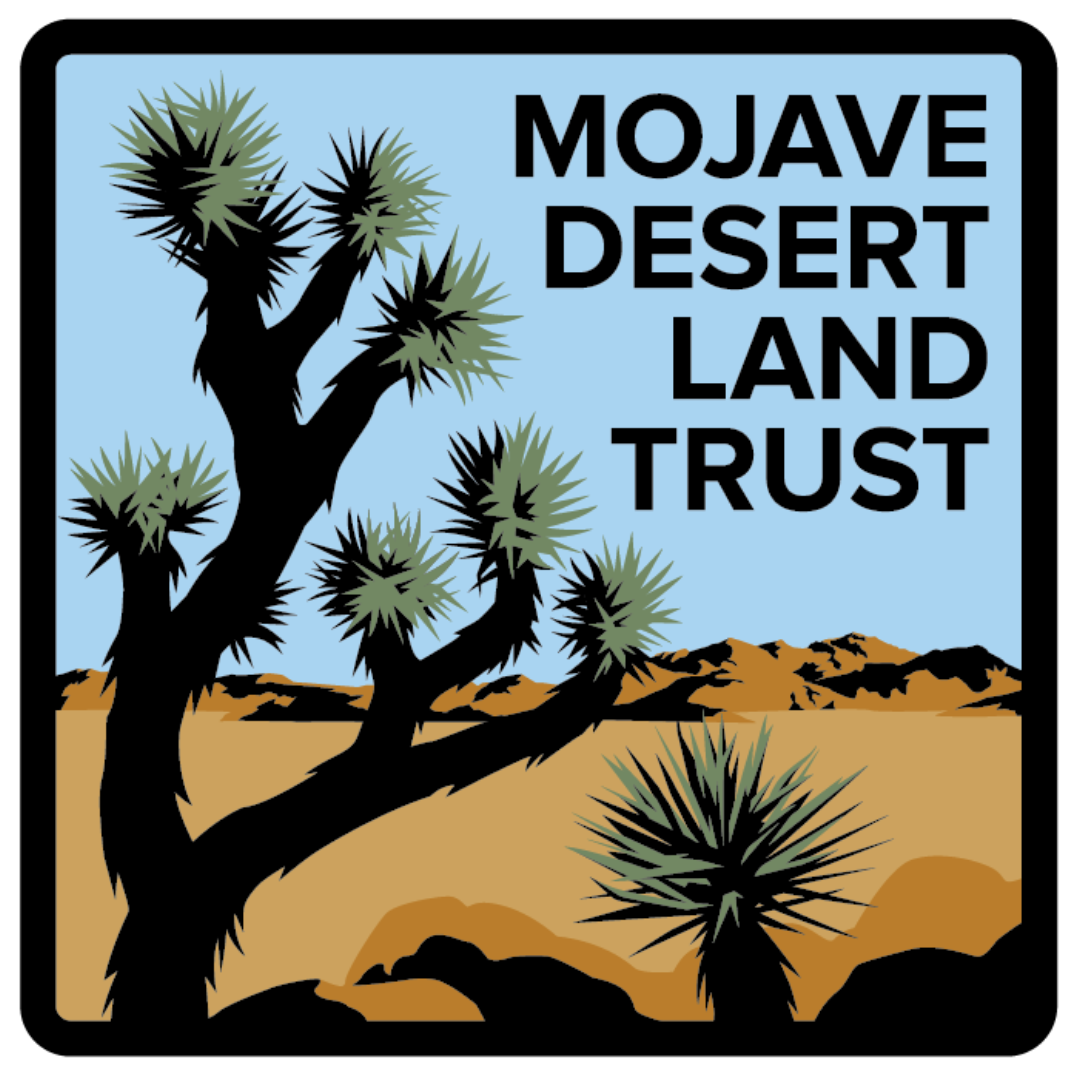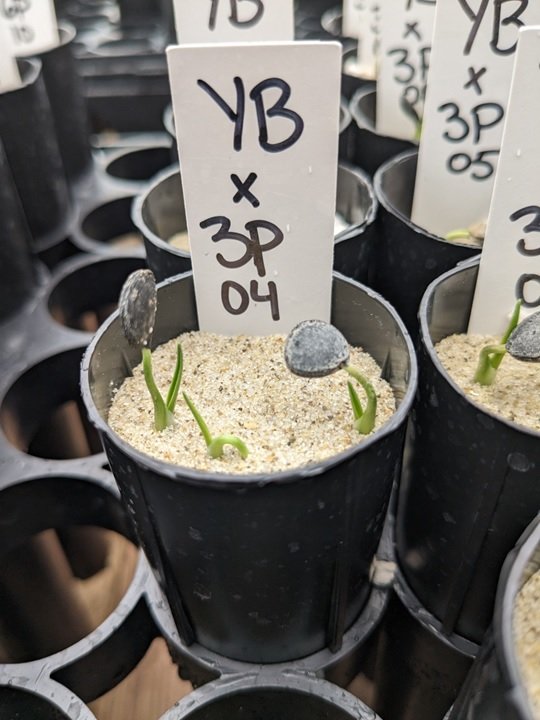Plant-soil relationships of the Mojave Desert’s iconic Joshua tree: Developing a fungi(de) to restoration
By guest writer, Mayra Hernández
Plants and microbes have close relationships at many interfaces, including belowground surfaces like plant roots. Root-soil interactions can be abiotic (non-living) or biotic (living), like those with microorganisms, such as fungi.
Although there are many types of soil fungi that roots can come across, a particular type of soil fungi called arbuscular mycorrhizal fungi – also known as AMF – is of huge interest to researchers in the field of ecology. One of the reasons for this interest stems from the significant role AMF played in facilitating the transition of marine plants to terrestrial systems over 450 million years ago (Field et al. 2015) and due to research identifying AMF as potential tools for restoration (Asmelash et al. 2016).
Abiotic and biotic root-soil interactions. Shapes represent different microorganisms. The letters N, P, and K represent potassium, nitrogen, and phosphorus, respectively. Illustration by Mayra Hernández.
Funded through a grant awarded by the Bureau of Land Management, the Invasive Weed and Restoration Ecology Lab at UC Davis is exploring methods for soil biota to aid restoration efforts in the Mojave Desert. Considering previous research has found AMF to typically play a positive role in the growth of plants, our lab sought to test the effects of soil conditioning by several annual species – both Mojave-native and invasive – to quantify the responses of Joshua trees (Yucca brevifolia var. jaegeriana) and desert needle grass (Stipa speciosa).
Conditioning soils involves a process where a known single species or a mix of species are grown in soils to increase the presence of soil microbes.
Desert plantain (left) and a native polyculture (right) being grown in pots during the conditioning stage of our research. Polyculture is the practice of growing multiple species in the same area at the same time. Images by Justin Valliere.
During the first stage of our research, we measured mycorrhizal tendencies of annual species and found that a Mojave-native, desert plantain (Plantago ovata), was highly mycorrhizal.
Eastern Joshua tree seedlings growing in Mojave Desert soils conditioned by various annual species. Picture by Mayra Hernández.
Desert needle grass biomass responded positively to soils conditioned by desert plantain and a native polyculture soil conditioned by several Mojave-native annual species. The story for Joshua trees and their relationships with AMF, however, is a bit more complex. Like desert needle grass, Joshua trees responded positively to soils conditioned by desert plantain and the native polyculture. However, when grown in soils conditioned by invasive annual species, Joshua tree growth was suppressed. Quantification of AMF in roots of Saharan mustard (Brassica tournefortii) showed a lack of mycorrhizal presence, thus we can speculate that an absence of AMF negatively impacts growth of Joshua trees.
Although Joshua trees exhibited a negative growth response to soils conditioned by red brome (Bromus rubens), roots of red brome showed a presence of AMF comparable to that of the Mojave-native species – unlike Saharan mustard. Thus, we are currently investigating the role of AMF in the response of Joshua trees to the invasive annual grass, red brome.
Microscopic images of roots depicting A) AMF arbuscules, hyphae and vesicles in Plantago ovata, B) AMF arbuscules and hyphae in Plantago ovata, C) an AMF vesicle and hyphae in Brassica tournefortii, and D) AMF hyphae in Salvia columbariae. Arbuscules are tree-like structures that form within plant cells. Pictures by Mayra Hernández.
Invasives alter soil
Next, we are working through measuring AMF infection in roots of Joshua trees and desert needle grass grown in the conditioned soils and exploring potential linkages between AMF relationships and how they may affect growth.
So far, our research has found that invasive annual plants alter soil biota and negatively impact the growth of Mojave-native perennials. These sorts of effects may have long-term consequences for native desert plant communities and hinder their restoration. Therefore, restoration efforts will need to consider the impacts of invasive species beyond just their removal.
Joshua tree roots infected by AMF. The spherical structures are vesicles and the threadlike-structures are hyphae. Picture by Mayra Hernández.
About the author
Mayra is a PhD student in the graduate group in ecology at University of California, Davis where she is investigating methods for reversing the detrimental effects of climate change on native vegetation and harnessing soil microbial communities for restoration in the Mojave Desert. She attended California State University, Dominguez Hills during her undergrad and performed research under the guidance of Justin Valliere, Helen Holmlund, and Stephen Davis. Her previous research focused on invasive plant species, vegetation-type conversion, and nitrogen deposition. Read more of Mayra’s research here.





